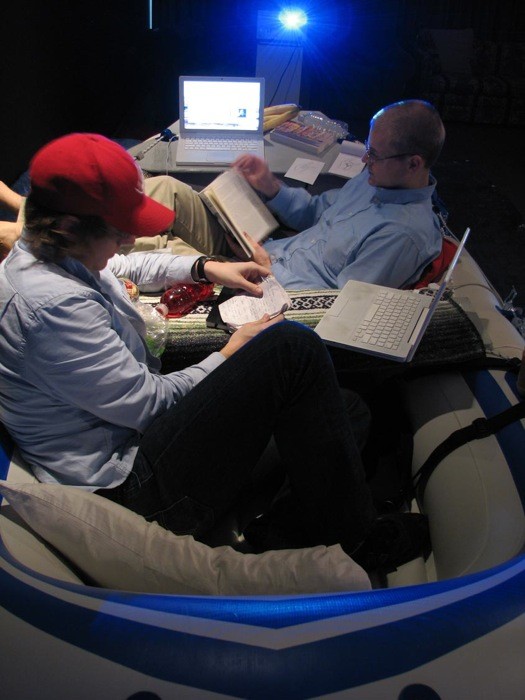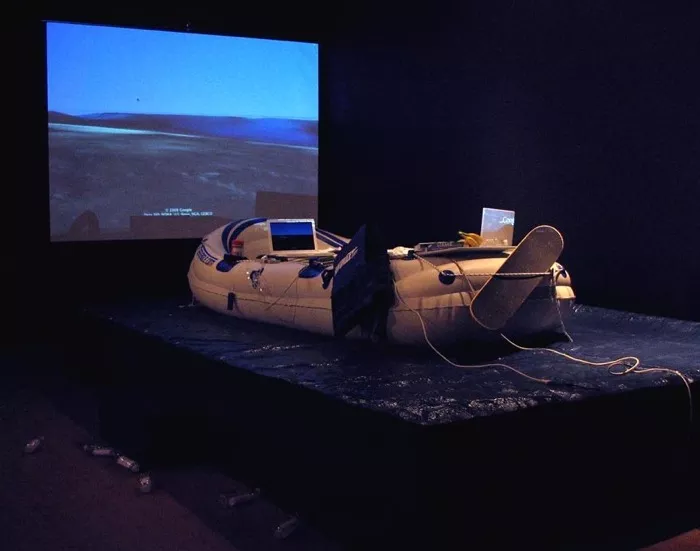A special conference/fundraiser was hosted on Feb. 20, 2010. But it did not take place in one place — it started in Tokyo at 5 p.m. their time, and followed the time zones around the globe to end in San Francisco 24 hours later. During that period, tens of thousands of people in 130 cities around the world participated in it. This “largest global distributed conference ever” was the Pecha Kucha for Haiti event, and 100% of the proceeds went to the Haiti rebuilding efforts spearheaded by Architecture for Humanity. Most regular readers of this blog would know that Point8 Forum, the informal grassroots group this blog derives its name from, organizes Pecha Kucha in Charlotte. The series is held in most other cities by similar all-voluntary groups. And even more impressive is the fact that this whole event was planned and executed in around 20 days.
All this was made possible by media that barely existed five years ago; the word was spread through Facebook and Twitter and by various blogs, the event was streamed live on Ustream, with the founders chatting with the organizers and the audience around the world by Skype video. It was perhaps one of those not-too-common instances where the much-hyped “social media” delivered on all its promise.
PK for Haiti used new media for a rather traditional objective. But art isn’t often about tradition, and moreover, about having any immediate or tangible purpose. In fact, what artists often do is use a new medium for purposes it was never intended for, in the process expand the boundaries of that medium.
For example, Charles Westfall and Layet Johnson, two artists from the University of Georgia, set up a life boat with supplies for a day, and at 8:15 p.m. on Jan. 21, paddled off into the Atlantic off the N.C. coast ... on Google Earth! This performance piece, titled "Platonic Voyage" too was live on Ustream through which they stayed in touch with their landbound audience.

- Johnson & Westfall on their "Platonic Voyage." Images courtesy Charles Westfall/Dugg Dugg.

- Set up/scene from "Platonic Voyage."
Another unconventional — if a bit irreverent — exploration/journey in the virtual world took place on Second Life, as an artist "recreated" Gandhi’s Salt March by advancing his avatar using a treadmill. You can see that and related projects recorded here.
As our connection to our non-immediate surroundings becomes primarily through the electronic screen, and as our socialization turns increasingly virtual, is the vast expanse of cyber space the last frontier? Are our contemporary Daniel Boones and Davy Crocketts out there in the fringes of the internet, staking it out for us less adventurous souls? Check out the art gallery near you to find out ... or just wait for their tweet.
Related: CPCC will be holding a half-day workshop to discuss Social Media and Visual Art on April 13, Tuesday afternoon at their main campus. Contact Alyssa Wood for more details: Alyssa.Wood@cpcc.ed.
